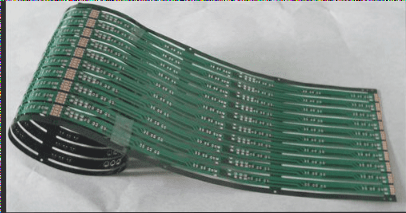PCB: The Backbone of Electronic Components
PCB (Printed Circuit Board), also known as a printed wiring board, plays a pivotal role in supporting and establishing electrical connections for various electronic components. Utilizing electronic printing technology in its manufacturing process, PCBs are essential in the functioning of electronic devices.
Applications of PCBs
- Communications
- Automotive Electronics
- Consumer Electronics
PCBs are widely utilized in computers and communications, driving the demand for multi-layer boards in these sectors.
The Future of PCBs
PCBs are integral to the electronics industry, with their future closely linked to advancements in technologies such as 5G, smartphones, and automotive electronics.
The Impact of 5G on PCB Development
The evolution of communication technologies, like the upcoming 5G era, not only revolutionizes communication methods but also gives rise to new business models.
5G’s Influence on Industries
5G is expected to accelerate advancements in AI, virtual reality, and autonomous driving, sparking innovation and imagination in various fields.
5G Base Stations and PCB Demand
In the 5G era, the number of base stations is set to increase significantly, driving demand for high-frequency PCBs for antennas and communication purposes.
The expansion of communication frequency bands in 5G will lead to a rise in base station density and mobile data processing, increasing the need for high-speed PCBs.
Forecasts predict a doubling of 5G base stations compared to the 4G era, with a substantial increase in small base stations to address coverage gaps.
The value and complexity of individual base station PCBs will also rise, with larger areas, more layers, and the use of high-frequency substrates becoming standard.
As the 5G revolution unfolds, the local PCB industry is poised for significant growth, with estimates suggesting a booming market worth hundreds of billions in communication PCBs.


